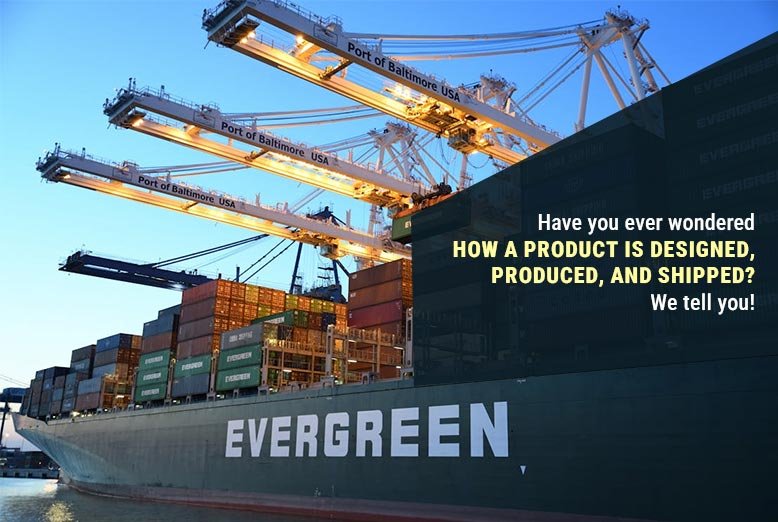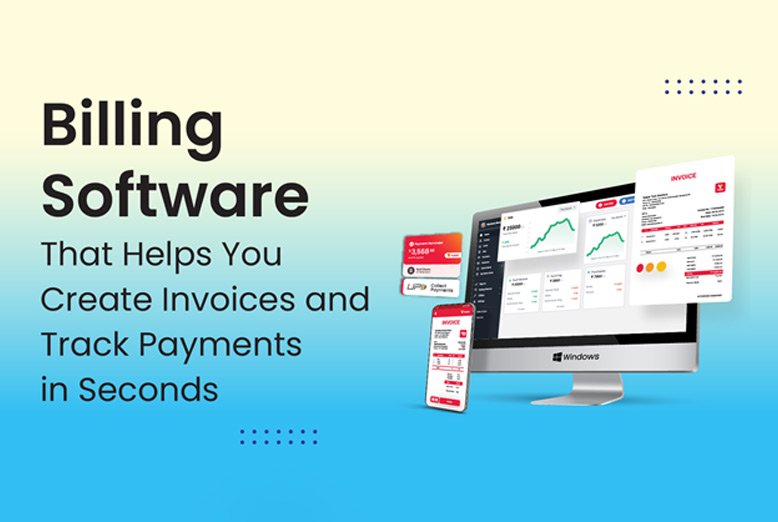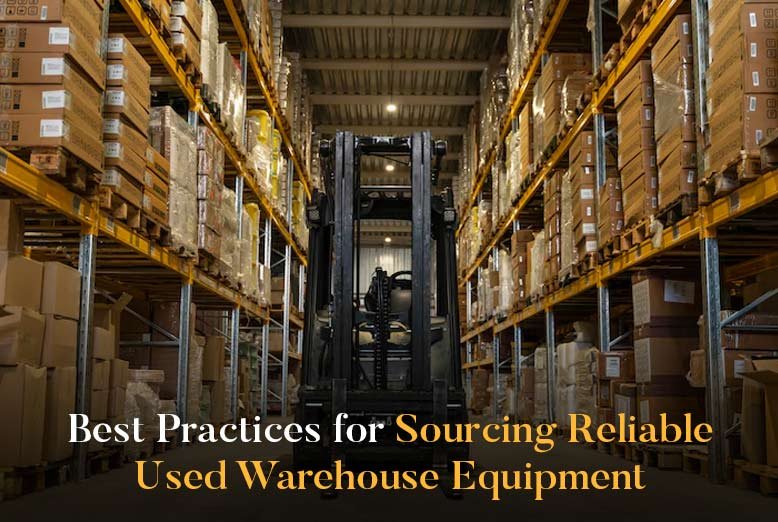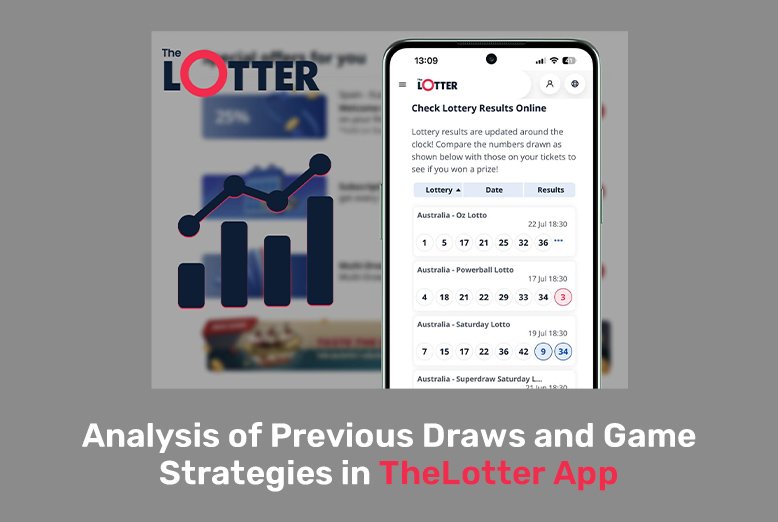Imagine unboxing a brand-new gadget you ordered online, a wireless speaker, a smartwatch, or maybe a kitchen appliance. As you peel off the packaging and admire your purchase, have you ever thought about the long journey this product took before arriving at your door? The process of designing, producing, and shipping an item is surprisingly complex, involving creative minds, engineering skills, and carefully coordinated logistics. Let’s take a closer look at how this fascinating journey unfolds.
Conceptualizing the product
Every product starts as an idea when someone notices a problem to solve or a need to fill. This is the beginning of the product’s life: the conceptualization phase. Before a single part is made or a prototype is drawn, market research is essential. Companies dive into trends, study consumer behavior, and identify gaps in the market to ensure there’s real demand for their future product.
Once an idea proves promising, designers and engineers bring it to life on screen. Using digital design tools, they create 3D models and blueprints. These virtual prototypes allow them to explore form, function, materials, and technical feasibility. It is common for these designs to undergo several rounds of revision, as small flaws in a digital prototype are easier and cheaper to fix than ones discovered after production begins.
The design process blends creativity with problem-solving. A product must be useful and reliable but also visually appealing. How a product feels in your hand, the weight of its materials, the way its buttons click, these details are decided in this phase. Designers may also have to consider how to make the product durable, easy to use, or even eco-friendly, depending on customer expectations.
The role of delivery in global eCommerce
Once the design is finalized, companies turn their attention to production and logistics. This is where organizations like Salesupply play a vital role, especially for businesses aiming to sell their products worldwide. Managing delivery on a global scale is far more complicated than simply packing items into boxes and sending them off.
Different countries have unique regulations, taxes, shipping standards, and consumer expectations. For businesses looking to expand into new markets, setting up efficient, localized delivery systems is essential. Salesupply offers solutions that simplify these challenges by helping brands manage warehousing, cross-border shipping, and customer service for different regions.
Handling delivery properly means customers receive their purchases faster and with fewer mistakes or delays. It also helps businesses avoid logistical bottlenecks and unexpected costs that could eat into their profits. Without reliable logistics partners and well-planned shipping strategies, even the best-designed products could fail to reach their intended markets on time.
The process of production
Once design and logistics are set, the focus shifts to manufacturing, the moment when raw ideas are transformed into real, tangible products. This stage of the journey involves gathering the necessary materials and converting them into finished goods. Depending on the type of product, this could mean crafting metal components, molding plastic, weaving fabric, or assembling intricate electronic circuits.
The complexity of production can vary widely. A simple ceramic mug may require only a few steps, while a high-tech electronic device might involve hundreds of tiny parts coming together in a carefully choreographed assembly line. In either case, quality control is a critical part of the process. Every product must be checked to make sure it meets design specifications and functional requirements before it is packaged and shipped.
Mistakes caught during production can be corrected without too much cost, but errors that escape inspection and reach customers can damage a brand’s reputation. This is why manufacturers invest heavily in testing, measuring, and inspecting products at every stage of the process.
Once production is complete, the items are carefully packaged to protect them during shipping. Packaging also serves as the customer’s first physical interaction with the product, so companies aim to make it visually appealing as well as functional.
Shipping and delivery
When production is done and products are packaged, it’s time for shipping—the final leg of the product’s journey. This stage involves a complex network of transportation methods that move products from factories to warehouses, and from warehouses to customers.
For businesses selling globally, this could mean coordinating sea freight, air cargo, rail transport, and trucking services all at once. The challenge is ensuring that items reach their destination quickly, safely, and at a reasonable cost. Timing is everything, especially in today’s world where many customers expect next-day or even same-day delivery.
Third-party logistics providers are essential partners in this phase. They manage warehouse storage, inventory tracking, customs clearance, and last-mile delivery to the customer’s door. In case of problems such as lost shipments or damaged goods, these providers can handle replacements and returns, helping companies maintain customer satisfaction.
Smooth delivery operations also reduce the risk of product damage during transit. Proper packaging, careful handling, and well-organized logistics routes ensure that the product arrives in perfect condition, creating a positive impression when the customer opens the box.
A rising trend in product design
Over the past few years, there has been a growing trend towards sustainability in product design and production. Companies are responding to environmental concerns by choosing materials that are recycled, recyclable, or biodegradable. This approach reduces waste and conserves resources, while also meeting the expectations of eco-conscious consumers.
Sustainability doesn’t stop at materials. Designers are rethinking entire product lifecycles, making products that are easier to repair, disassemble, or upgrade rather than discard. Factories are adopting cleaner energy sources and reducing emissions wherever possible. Packaging is also changing, with more brands moving away from plastic and opting for minimal, compostable, or reusable materials.
Such practices do more than just help the environment, they also create positive brand value. Consumers increasingly look for companies that demonstrate responsibility and care for the planet, and sustainable design is becoming an important part of how products are marketed and perceived.
These eco-friendly shifts show how much the world of product creation is evolving, not only in terms of technology and logistics but also in response to the values and demands of today’s global consumers.
Also Read: How to Set Up a Shipping Station for Maximum Productivity















